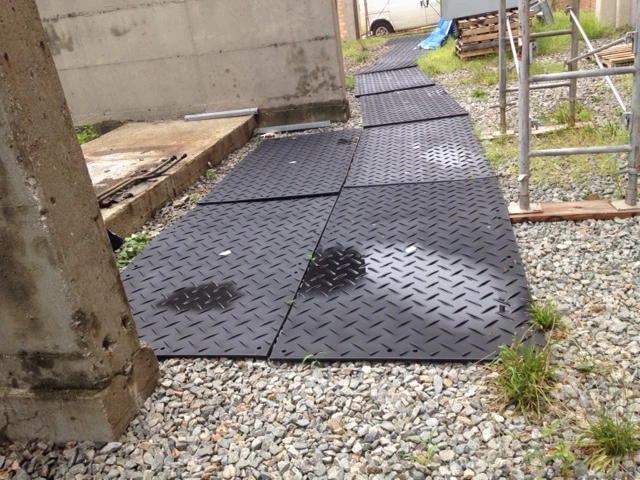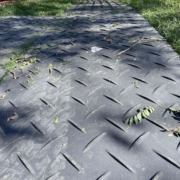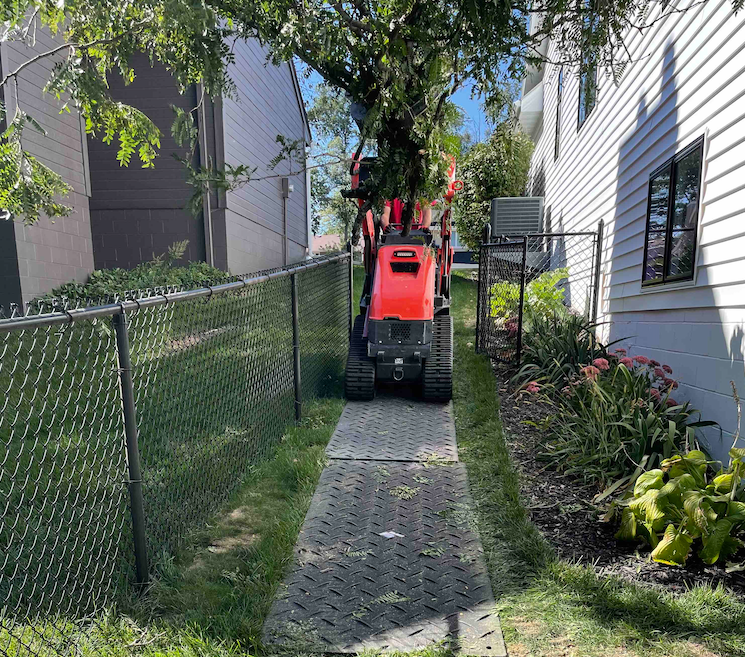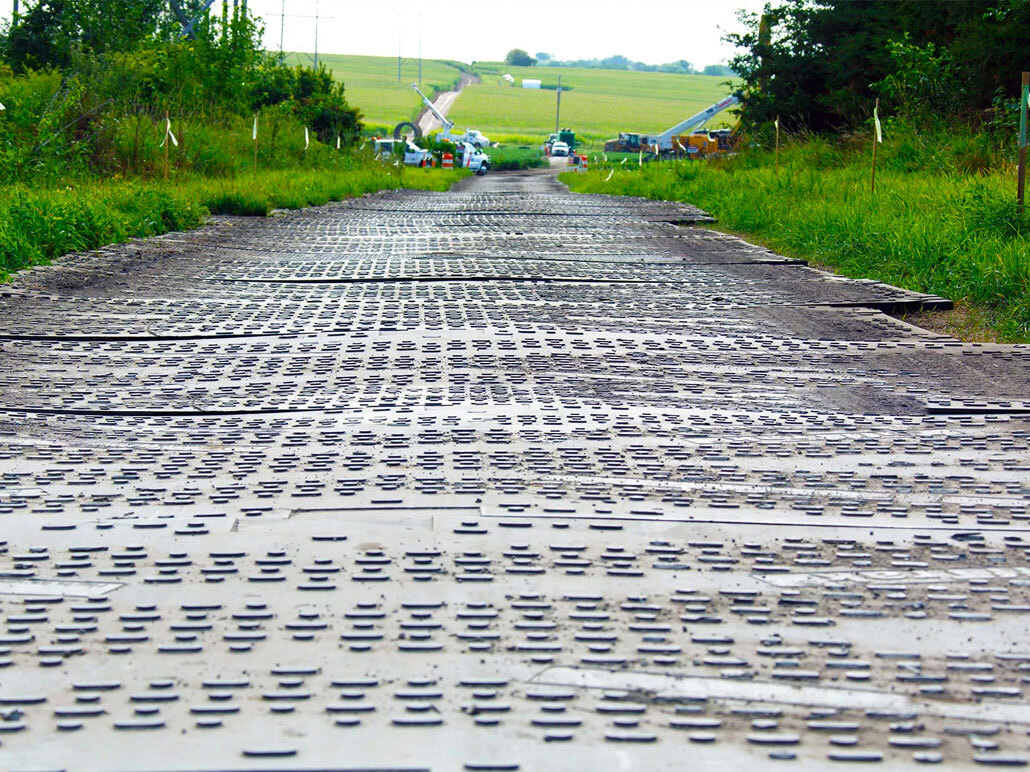Justifying an Engineered Ground Protection Solution
Decisions by contractors or maintenance crews to use ground protection can be critical to protecting the ground around a job site and making projects more efficient. Without it, damage to the ground can stall future projects with repairs that chew up valuable time and resources.
On the market today are three ground protection options:
Many clients are demanding of ground protection—while others are only concerned with the final result. As owners and operators know all too well, if post-job ground repairs are necessary, that dramatically impacts the bottom line of the job.
With budgets strained and headcount limited, job site efficiency has never been more important. The less muscle spent on ground protection, the better. Energy and focus should be spent on the main job, not deploying and retrieving ground protection.
Here’s how to consider choosing wisely.
Using Plywood
The short-term investment with plywood is going to be less compared to using other ground protection options. It’s cheap and to some extent works. But plywood will also splinter, crack and get water logged.
The initial benefit of a low price is offset by the downside of a product that falls apart with repeated use and becomes difficult to handle due to broken corners, splinters and slickness in wet conditions.
Engineered Ground Protection Mats
The downside that comes with repeated use of plywood for ground protection is what causes the contractor to upgrade to an engineered ground protection mat.
Engineered ground protection mats can protect the ground and be used to create temporary roadways. Because the mats won’t warp or splinter, performance and usage become consistent since the mat is not impacted by the environment it’s in or how many times it has been used.

AlturnaMATS are an engineered ground protection solution with an aggressive tread pattern on one or both sides.
There are two types of engineered ground protection mats:
Medium Duty Ground Protection Mats
A medium duty ground protection mat is a 4×8 with ½ inch thickness that weighs just under 100 pounds.
Medium duty ground protection mats can support skid loaders, aerial lifts, trailers and some all-terrain cranes.
Heavy Duty Ground Protection Mats
A heavy duty ground protection mat is significantly thicker and bigger.
Heavy duty ground protection mats are designed for heavier industrial equipment like concrete pump trucks and cranes—specifically in poor soil conditions where a larger area is needed.
For professional organizations, engineered ground protection mats are an essential tool. However, limitations do exist with the use of these mats, specifically when longer stretches of roadway are needed.
SlatTrax Temporary Roadway
SlatTrax create temporary roadways for getting from point A to point B. Made from ¾’’ thick recycled plastics that can be deployed up to 100 feet long. There are two ways to deploy SlatTrax:
- This video of the Hydraulically Powered System involves a skid loader attachment system carrying 100 feet of roadway in about two minutes. Using this system, the trax can be disconnected every 25 feet.
- SlatTrax can also be deployed and retrieved manually. This video is an example of the manual DIY set up system, dragging 12.5 foot sections with grip straps. The trax can be disconnected every 12.5 feet.
View more information about SlatTrax.
The Best Approach to Ground Protection
Like most everything in life, there’s not always a “one size fits all” solution. A combination of tools are the best way to approach ground protection..
To optimize your effectiveness, a combination of DICA Ground Protection Mats and SlatTrax Ground Protection Roads creates the ideal ground protection solution. You minimize stress on labor, maximize profitability and cover the same ground more efficiently. Create a temporary roadway using SlatTrax to get from point a to point b, then place ground protection mats strategically on the worksites or turning positions.
And to be clear, in some cases you may never need a ground protection mat or SlatTrax. But you certainly don’t need to continue going to the lumber yard for sheets of plywood when an engineered alternative can be purchased today!
See examples of best practices in ground protection by following DICA and SlatTrax on Instagram for videos from contractors, landscapers and maintenance workers in the field.
Explore all of DICA’s different ground protection products here.






